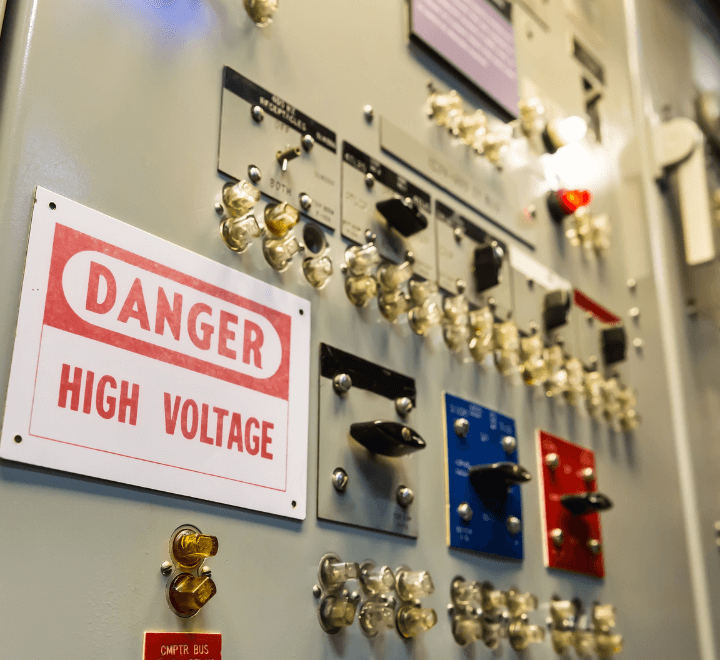The manufacturing of shipping containers is a fascinating process that plays a crucial role in global trade and commerce. These sturdy metal boxes, typically made of steel, are used to transport goods by sea, rail, and road, making them essential components of the modern logistics and supply chain industry. From raw materials to the finished product, let’s explore the intricate process of manufacturing shipping containers.
- Raw Materials:
The manufacturing process begins with the procurement of raw materials, primarily steel. Steel is chosen for its strength, durability, and resistance to corrosion, making it ideal for withstanding the rigors of transportation across long distances and varying weather conditions. The steel used in shipping container manufacturing is typically sourced from steel mills and undergoes rigorous quality testing to ensure it meets industry standards. - Steel Fabrication:
Once the raw materials are acquired, the steel is cut and formed into the various components of the shipping container, including the side panels, roof panels, floor panels, and corner posts. This process involves precision cutting, bending, and welding techniques to create the structural framework of the container. Advanced machinery, such as laser cutters and robotic welders, is often employed to ensure accuracy and efficiency in the fabrication process. - Assembly:
With the individual components fabricated, the next step is the assembly of the shipping container. The side panels, roof panels, and floor panels are welded together to form the main body of the container, while the corner posts are attached to provide additional support and stability. Doors, ventilation systems, locking mechanisms, and other accessories are also installed during this stage of the manufacturing process. - Surface Treatment:
Once the container is assembled, it undergoes surface treatment to protect it from corrosion and weathering. This typically involves a process known as shot blasting, where steel shot is blasted at high velocity onto the surface of the container to remove rust, mill scale, and other contaminants. After shot blasting, the container is coated with a layer of protective paint or primer to provide further corrosion resistance. - Quality Control:
Throughout the manufacturing process, rigorous quality control measures are implemented to ensure that each shipping container meets industry standards and specifications. Inspections are conducted at various stages of production to check for defects, dimensional accuracy, and structural integrity. Any containers that fail to meet quality standards are repaired or rejected to maintain product quality and safety. - Testing and Certification:
Before being released for shipment, each shipping container undergoes testing and certification to verify its compliance with international standards and regulations. This includes structural testing to assess its strength and load-bearing capacity, as well as testing for water tightness, ventilation, and other performance criteria. Once certified, the container is ready to be loaded with cargo and transported to its destination. - Recycling and Sustainability:
In recent years, there has been growing awareness of the environmental impact of manufacturing and transporting shipping containers. As a result, efforts have been made to increase the sustainability of container production through initiatives such as using recycled steel, optimizing manufacturing processes to reduce energy consumption and waste, and promoting container reuse and recycling at the end of their lifecycle.
The manufacturing of shipping containers is a complex and highly specialized process that involves multiple stages, from raw material procurement to final assembly and certification. By ensuring quality, durability, and sustainability in the production of these essential components of global trade, manufacturers play a vital role in supporting the efficient and reliable movement of goods around the world.


